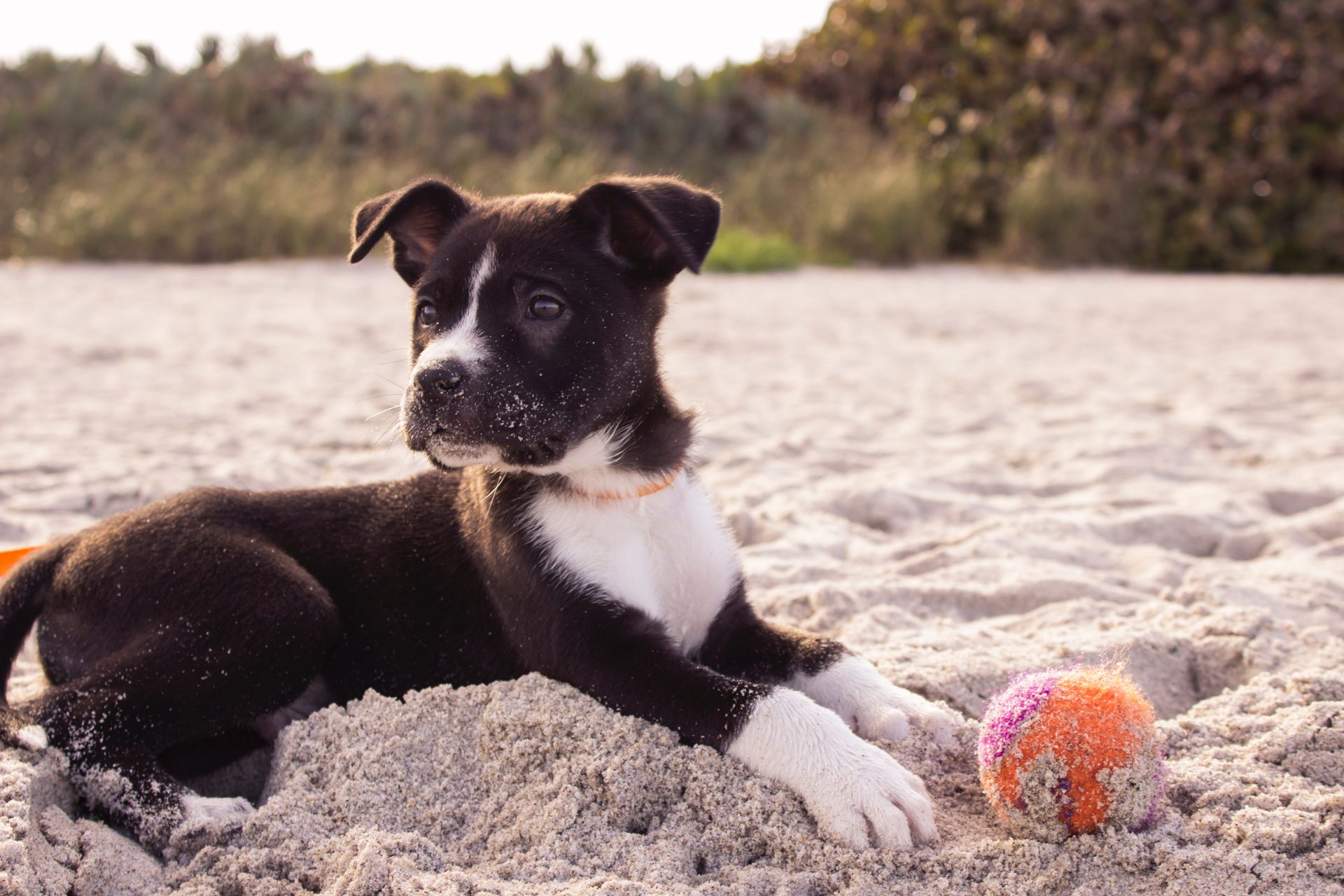Saving your kids from food allergies is as easy as getting a pet
Food allergies are on the rise globally but there might be an easy solution that could protect children from developing developing a food allergy later in life. All you have to do is pick up a pet for your kid.
Japanese researchers in Fukushima have found that exposing children to cats and dogs can help reduce the possibility of developing food allergies according to a March 2023 published in the journal PLOS ONE.
Photo by Navid Sohrabi on Unsplash
The researchers looked at data from 65,000 infants in Japan and showed that kids who were exposed to cats and dogs during their time inside their mothers and into early infancy ended up having fewer food allergies than children who didn't have an animal present in their home their fetal and infant during development.
Dr. Jonathan Berstein is the President American Academy of Allergy, Asthma, and Immunology. He was not involved with the Japanese study but explained to CNN at the time that dirt and other materials secreted by pet animals could be a good thing for children.
Photo by Andrew Pons on Unsplash
“It is critical to have these exposures early on as the immune system is developing, as the gut is developing, because it does seem to be an important route for sensitization,” Dr. Bernstein explained.
“If you’re thinking about having an animal and you’re concerned because you have allergies … there may be an added benefit to having an animal, not just in terms of what it does for families and people’s general love of pets, but also, it could be potentially protective if there’s an early life exposure,” Bernstein added.
According to Science Direct, only 22% of children analyzed were exposed to animals in their fetal development and early childhood, but that was more than enough to establish a potential link between early animal exposure and the development of fewer allergies.
“Exposure to dogs or cats during fetal development or early infancy was estimated to reduce the incidence risk of food allergies until the age of 3 years,” the study’s authors wrote.
According to CBS News, researchers noted that exposure to dogs reduced the risk of developing egg, milk, and nut allergies while exposure to cats reduce the risk of developing egg, milk, wheat, and soybean allergies.
Interestingly, the researchers also found that exposure to hamsters resulted in a 93% higher risk of developing nut allergies, though they were not able to explain why for certain.
In the discussion section of their paper, the researchers theorized that a connection between an animal's diet and allergy risk could be responsible for the increased risk from hamsters.
The study’s authors pointed out that hamsters primarily feed on nuts, which could explain why they found an increase in incidents of nut allergies among the children they analyzed.
“In other words,” the study’s authors wrote, “we assumed that nut allergens can percutaneously sensitize infants through physical contact or house dust.”
“Therefore, family hand washing and keeping hamsters away from babies might minimize the risk of nut allergy even if hamsters are kept as pets,” the study’s authors added.
According to Science Direct, the data analyzed was self-reported during the first trimester, during delivery, and then again one month after birth—a method that could pose problems for the study’s findings since it relied heavily on the recall of the participants.
“The finding that exposure to dogs and cats is related to less food allergy seems pretty solid and agrees with several prior studies,” James Gern, Chief of Allergy, Immunology, and Rheumatology at the University of Wisconsin in Madison told The Washington Post.
Gern published similar research back in 2004 on the relationship between dog ownership and reduced allergies, and he said the new data from Japan “adds to the growing literature that contacts with pets could have many health benefits for children.”
“In addition to food allergy, other studies have found lower rates of atopic dermatitis, wheezing illnesses, respiratory allergies, asthma, and increased psychological well-being,” Gern added.
The Japanese study was published in the peer-reviewed journal Public Library of Science One and was headed by Hisao Okabe of Fukushima Medical University.
According to The Washington Post, Okabe and her colleagues looked at other animals like birds and turtles in an attempt to establish a relationship between ownership and allergies, but the researchers we unable to find any data of statistical significance.
More for you
Top Stories

































